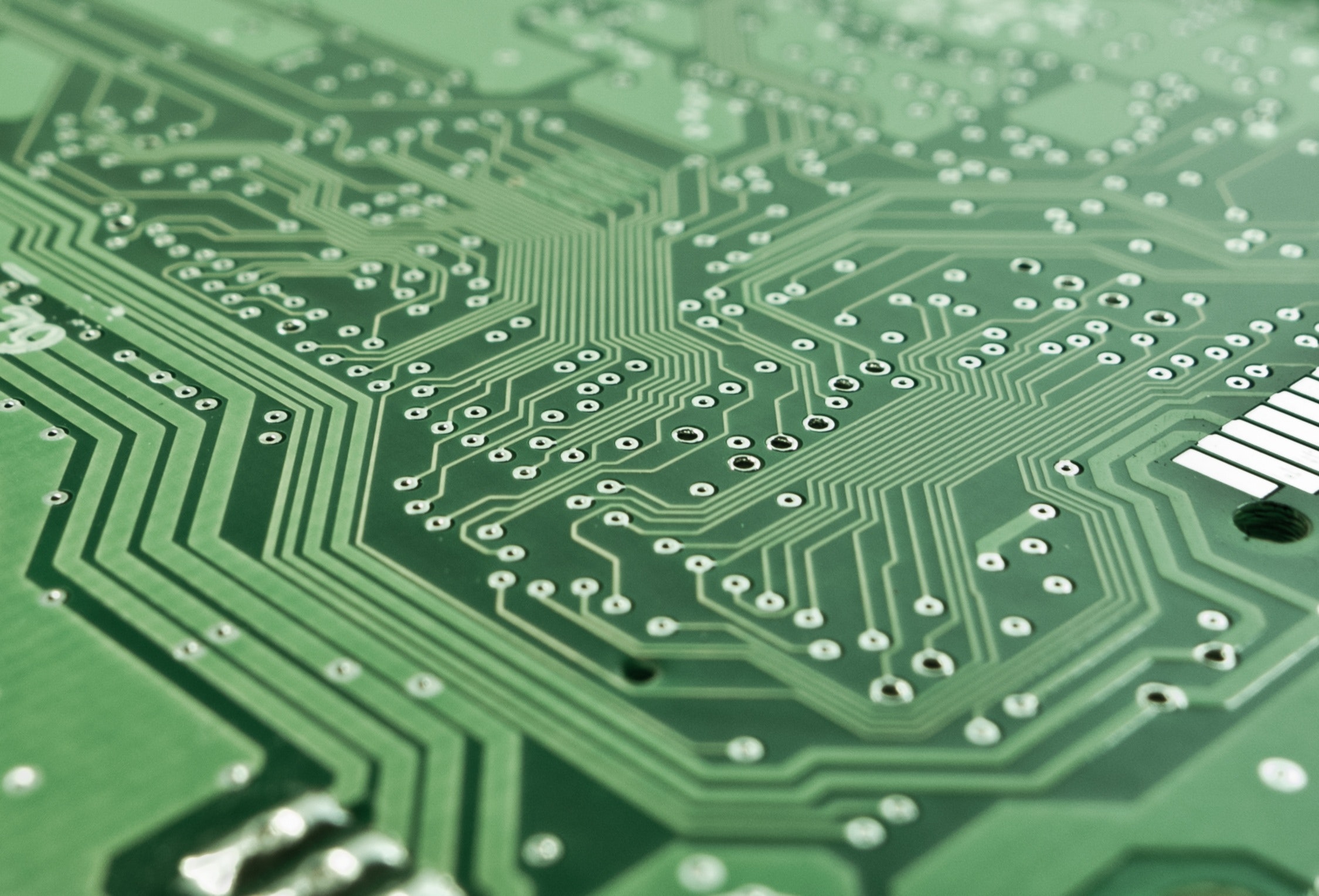
Enter edge computing, a revolutionary paradigm that is redefining how we handle data in a hyper-connected world. In the ever-evolving landscape of technology, where data reigns as the new currency, traditional data processing methods are facing their limits. This transformative approach brings computation and data storage closer to the source of data generation, revolutionizing industries, and unlocking a plethora of possibilities.
As per projections, the year 2025 is expected to witness an astonishing 75 billion devices interconnected globally, emphasizing the critical need for efficient data processing solutions.
In this blog post, we will delve into the concept of edge computing, its significance, applications, benefits, and how it’s shaping the future of data processing.
Understanding Edge Computing: A New Data Frontier
At its core, edge computing involves processing data as close to its source as possible, reducing latency and improving real-time decision-making. In the digital age, where the Internet of Things (IoT) and other data-intensive technologies have become commonplace, edge computing emerges as a solution to the challenges posed by centralized cloud computing. According to recent research statistics, by 2025, it’s estimated that nearly 75 billion devices will be connected to the internet, generating an unprecedented amount of data.
Traditional cloud computing often struggles to keep up with the demands of these devices, leading to latency issues and potential bottlenecks in data transfer. This is where edge computing steps in, distributing the computational load across localized nodes, ensuring efficient data processing and reducing the strain on central servers.
Applications Driving the Edge Revolution
Edge computing finds its application in various fields, from healthcare and manufacturing to transportation and entertainment. Consider the healthcare sector, where real-time analysis of patient data is critical. Edge computing enables wearable devices to process and analyze vital signs locally, providing immediate insights to healthcare professionals without the need for constant internet connectivity. Similarly, in manufacturing, edge devices can monitor equipment health, detect anomalies, and optimize operations on the factory floor.
Autonomous vehicles are another prime example. These vehicles require split-second decision-making, and edge computing equips them with the ability to process data from sensors and cameras in real-time, enhancing safety and responsiveness on the road.
Benefits Galore: Why Edge Computing Matters
The rise of edge computing brings forth a multitude of benefits, making it a game-changer in the tech realm. First and foremost, reduced latency is a hallmark advantage. By processing data closer to its source, edge computing minimizes the time it takes for data to travel, resulting in faster response times and improved user experiences. Whether it’s a video stream loading seamlessly or a critical command reaching an autonomous drone instantaneously, every millisecond saved matters.
Moreover, edge computing enhances data privacy and security. With sensitive information processed locally, the risk of data breaches during transit to centralized servers is mitigated. This is particularly crucial in sectors like finance and healthcare, where data confidentiality is paramount.
Scalability and cost-efficiency also come to the forefront. Edge computing allows organizations to scale their operations without overburdening central servers, distributing the workload intelligently. This leads to optimized resource utilization and cost savings.
Shaping the Future: Edge Computing’s Trajectory
As technology continues to advance, the trajectory of edge computing looks promising. The proliferation of 5G networks further fuels its potential, offering high-speed, low-latency connectivity that complements edge computing perfectly. This synergy opens doors to new possibilities in augmented reality (AR), virtual reality (VR), and immersive gaming experiences, where real-time processing and minimal lag are imperative.
The integration of edge computing with AI and machine learning amplifies its capabilities. Localized AI processing enables quicker insights and predictive analytics, enabling industries to make informed decisions on the spot. For instance, in agriculture, edge devices equipped with AI can analyze soil conditions and weather patterns, guiding farmers in optimizing their crop yields.
Conclusion
In the rapidly evolving landscape of data processing, edge computing stands out as a transformative force. Its ability to process data at the fringe, closer to the source, brings unparalleled benefits to various sectors, from healthcare and manufacturing to autonomous vehicles and entertainment. Reduced latency, enhanced security, scalability, and compatibility with emerging technologies make edge computing a cornerstone of innovation.
As we move forward into a future driven by data, it’s crucial to embrace cutting-edge solutions that empower businesses and industries to thrive in the digital age. At Coding Brains, we are at the forefront of software development, leveraging technologies like edge computing to create robust and tailored solutions for our clients. With our expertise and commitment to innovation, we are poised to shape the future of data processing and drive technological evolution.


Leave a Reply